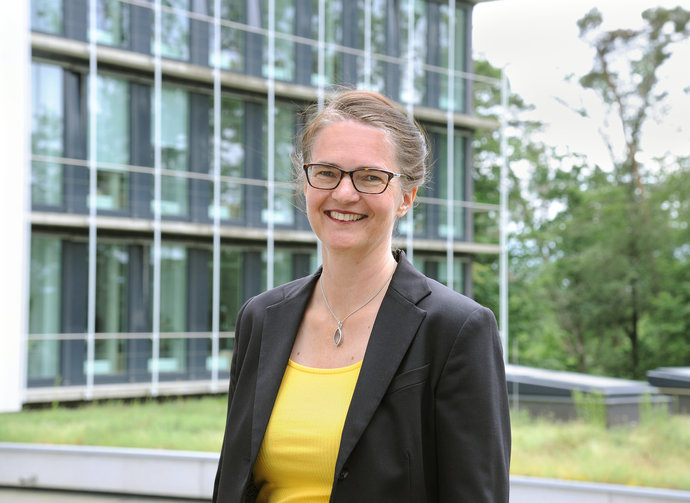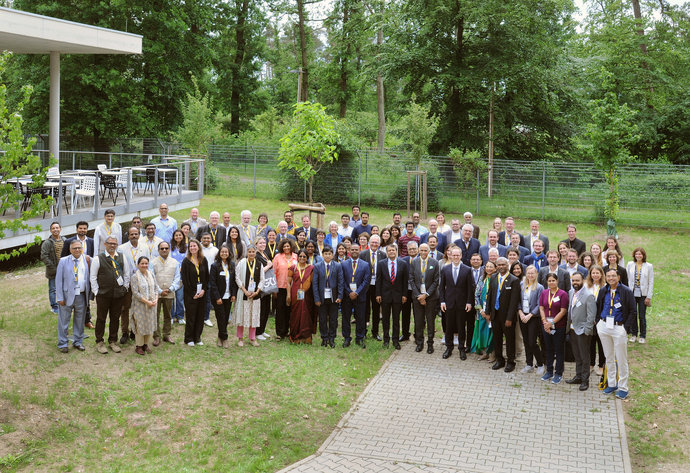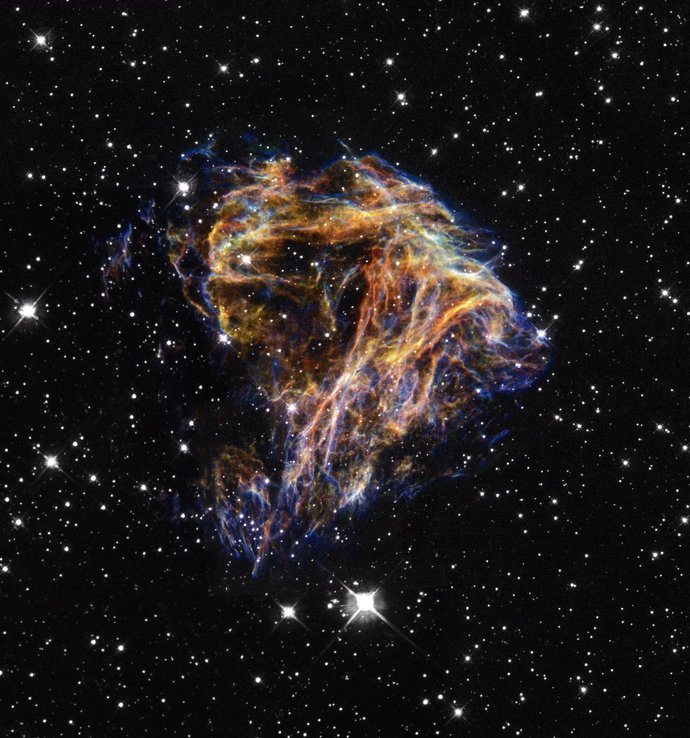
It is with great grief that we bid farewell to Professor Reinhard Kulessa, Jagiellonian University, Krakow, a great colleague who passed away on 13 June this year. Born in 1940 he dedicated his life to nuclear physics as scientist and academic teacher. Already in 1979, he started to work at GSI in the group of Professor Dirk Schwalm, making tremendous contributions to understanding of nuclear structure with studies at UNILAC. Later he contributed to the success of the KAOS, HADES and LAND ...

The Hessian Minister for Science and Research, Art and Culture, Timon Gremmels, recently visited the GSI Helmholtzzentrum für Schwerionenforschung and the international accelerator center FAIR (Facility for Antiproton and Ion Research in Europe). Accompanied by members of the state parliament Peter Franz and Bijan Kaffenberger he was given a comprehensive insight into the scientific and technical prospects of GSI and FAIR for the coming years.
He was welcomed by the management of GSI and FAIR:…

Researching new vaccines quickly and powerfully for the benefit of humanity — the COVID-19 pandemic rendered clear the need for effective and rapid vaccine development processes. Scientists from the GSI Helmholtzzentrum für Schwerionenforschung in Darmstadt and the Helmholtz Centre for Infection Research (HZI) in Braunschweig investigated an innovative method that has the potential to increase significantly the effectiveness of future vaccine development.

The PANDA PhD Prize 2023 was awarded to Anna Alicke (FZ Jülich/Germany). In her dissertation she studied hyperon production and reactions within the PANDA detector, which is being built at the FAIR accelerator facility.

An international research team including scientists from GSI/FAIR has succeeded for the first time in investigating the isospin dependence of effective charges in excited states of cadmium in experiments at the RIKEN accelerator facility in Japan. The results of the measurements have now been published in the journal Physical Review Letters.
![[Translate to English:] Trauer um Zbigniew Majka [Translate to English:] Trauer um Zbigniew Majka](/fileadmin/_processed_/c/4/csm_zbigniew-majka_sw_4d5f6ff45a.jpg)
It is a great loss for FAIR. On the 20th of May 2024, a staunch supporter and founding father of FAIR, Professor Dr. hab. Zbigniew Majka, has passed away at the age of 77. Zbigniew Majka was a renowned scientist, a leading figure in nuclear physics. He was a full professor at the Faculty of Physics, Astronomy and Applied Computer Science at Jagiellonian University in Krakow, Poland.

The science manager and biochemist Dr. Katharina Stummeyer has taken up the position of the Administrative Managing Director of the GSI Helmholtzzentrum für Schwerionenforschung GmbH and the Facility for Antiproton and Ion Research in Europe GmbH (FAIR GmbH) on 1 June 2024. She previously has been head of the project management agency of the Gesellschaft für Anlagen- und Reaktorsicherheit (GRS) gGmbH. Dr. Katharina Stummeyer succeeds Dr. Ulrich Breuer, who took over the position of chancellor…

India and Germany have successfully cooperated in science and technology for a very long time. The collaboration between Bose and Einstein is just one of many renowned examples of how Indian and German scientists have achieved together major breakthroughs in knowledge. 50 years ago, Germany and India have signed a fundamental cooperation agreement formalizing and giving solid grounds to this cooperation. The cooperation has continued to flourish ever since. This anniversary has now been…

A new nucleosynthesis process denoted the νr-process has been suggested by scientists from GSI Helmholtzzentrum für Schwerionenforschung, Technische Universität Darmstadt, and the Max Planck Institute for Astrophysics. It operates when neutron-rich material is exposed to a high flux of neutrinos. The theoretical proposal, which was recently published in “Physical Review Letters”, may be the solution to a long-standing issue related to the production of a group of rare isotopes present in the…











